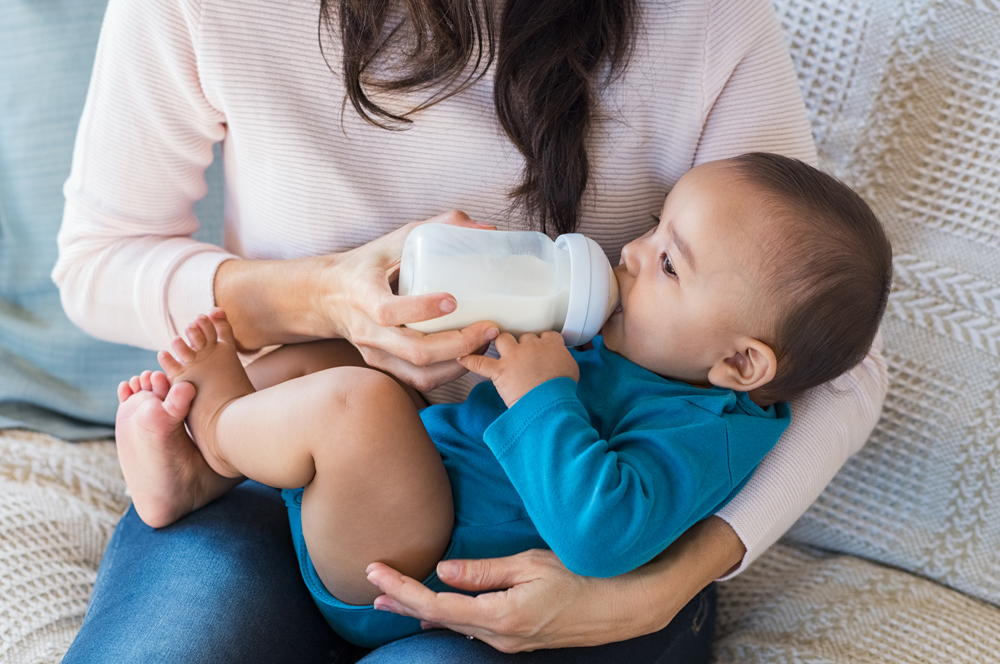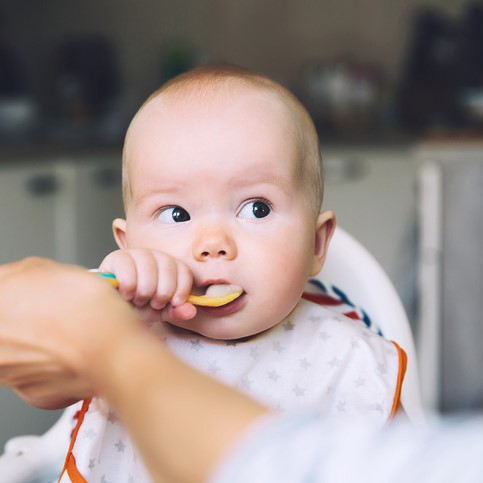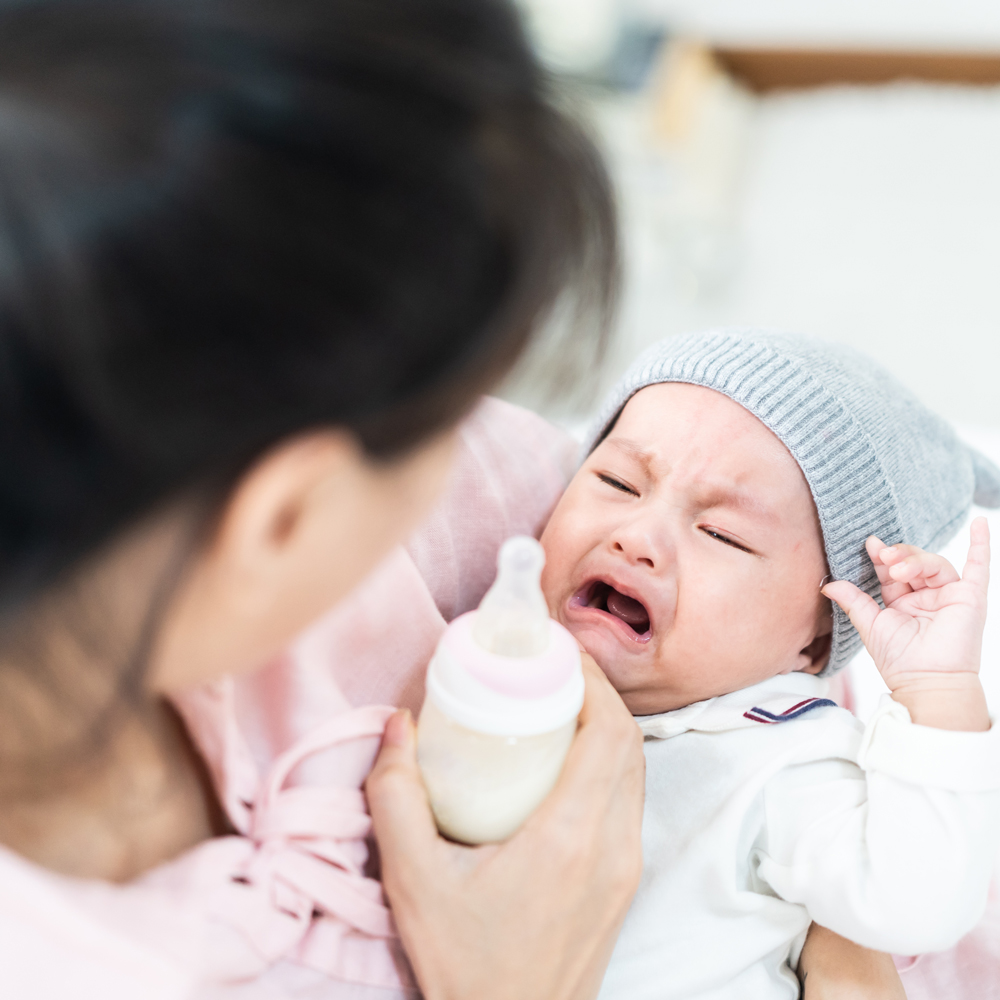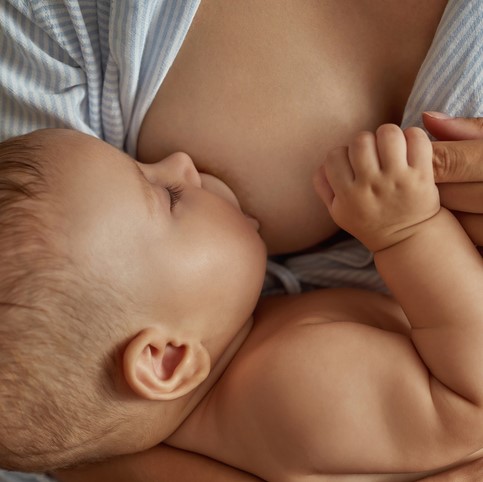How to Practise Paced Bottle Feeding – And Why It’s Important

The paced bottle feeding technique is regarded as beneficial for someone who is also breastfeeding their baby.
Perhaps you have a special occasion coming up or you’re needing to return to work soon. Whatever the reason, many parents want to be able to give their baby a bottle and continue breastfeeding.
It might seem simple – just pump and give the baby a bottle, right? Well, there’s a technique called paced bottle feeding which is promoted by lactation consultants, infant feeding specialists, and other healthcare experts as being the best way to fully support and promote breastfeeding when your baby is having their milk via an artificial source like a bottle.
What are the benefits, you ask?
- Paced bottle feeding supports the breastfeeding relationship by allowing your pēpi to feed in a way that more closely imitates breastfeeding.
- It encourages the milk to come into the teat and the baby’s mouth at a slower pace so they can consume it in a more controlled way and take breaks regularly.
- It ensures a baby consumes the right volume of milk that they need for their size and age, rather than ‘guzzling’ the entire bottle or under-eating.
- Paced bottle feeding can help minimise colic-like symptoms in a baby as it reduces the chance of them being over-fed.
- It also reduces the risk of your baby forming a preference to bottles rather than the breast.
Here’s how to practise it:
- Hold your pēpi in an upright position; they shouldn’t feed from a bottle when lying down.
- Rather than pushing the teat into your baby’s mouth, allow them to draw the teat of the bottle in so they are controlling when the feed begins.
- Hold the bottle parallel to the ground while your pēpi is feeding.
- While your pēpi is drinking, encourage frequent pauses by slightly tilting the bottom of the bottle downward to mimic the let-down patterns of breastfeeding.
- If your pēpi is falling asleep or has released the bottle before it’s empty, they have had enough to eat; you don’t need to wake them or encourage them to finish it off.
Before giving your baby a bottle, it’s important to follow the safety guidelines for cleaning and sterilising bottles, and preparing a bottle of formula safely. We also have a simple guide on how to store, thaw and warm expressed breast milk which you can find here.
View this post on Instagram



